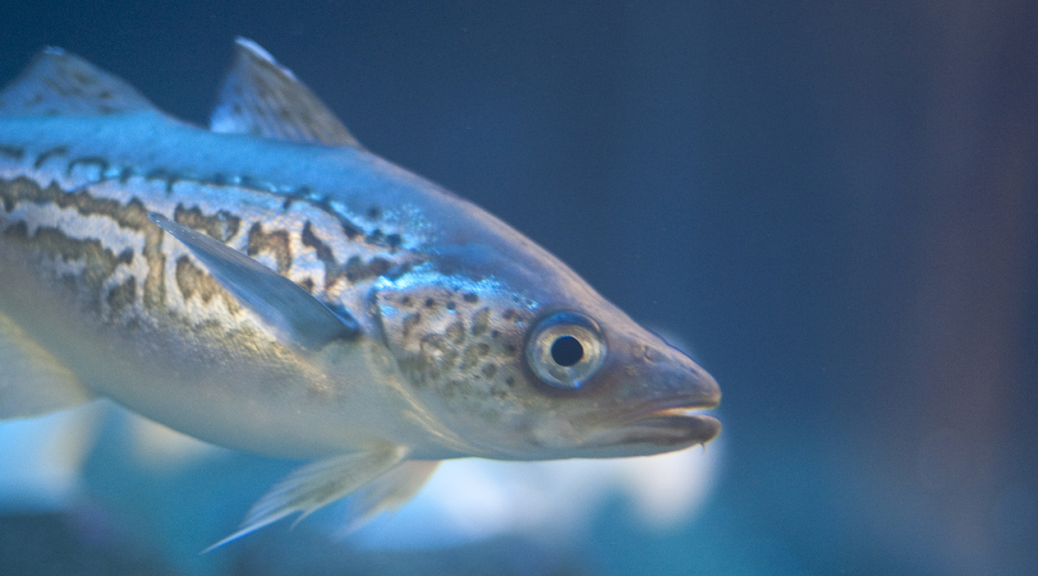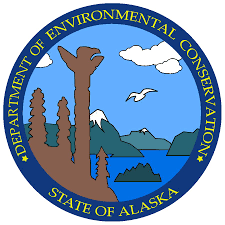
Seven years on, since the Fukushima Daiichi Nuclear Power Plant (FDNPP) accident, it is useful to start to bring together information from scientific studies of the impact of the contamination on the North American environment and its people. I recently wrote to communicate the most recent results of the Integrated Fukushima Ocean Radionuclide (InFORM) project. This post summarizes a recently published, peer-reviewed paper by colleagues lead by Dr. Krzyzstof Starosta of Simon Fraser University in BC working in parallel to InFORM. The open access paper was published in the Canadian Journal of Chemistry and was recently recognized with the “Best Paper Award” by the journal. They studied the concentrations of anthropogenic radioisotopes (134Cs half-life ~2 years, 137Cs half-life ~30 years) and naturally occurring radioisotope 40K (half-life 1.25 billion years) in Pacific salmon (sockeye, chum and chinook) and in soil and roof debris collected in southern British Columbia to determine the local impact of the FDNPP accident. Their results were as follows:
- 134Cs (a fingerprint of Fukushima contamination) was not detected in any of the salmon samples
- 137Cs was not detected in sockeye or chum salmon but was detected in all chinook with an average level of ~0.2 Bq kg-1
- Annual dose from artificial radionuclides to a human consumer of chinook salmon was estimated to be ~1/300 of the dose owing to naturally occurring isotopes in the fish and ~1/30,000 of the annual dose experienced for all other natural sources by the average Canadian
- Most soil samples contained 134Cs and 137Cs which was delivered to the region by atmospheric transport shortly after the disaster
- Levels of Fukushima radioisotopes in soil did not approach levels known to be harmful to living organisms
Consistent with other monitoring in the area the results of the study indicate that given the trace levels of contamination present the impact of the FDNPP accident on ecosystem and public health in North America will be insignificant. Continue reading Monitoring Fukushima Contamination in Pacific Salmon and Soil in British Columbia




